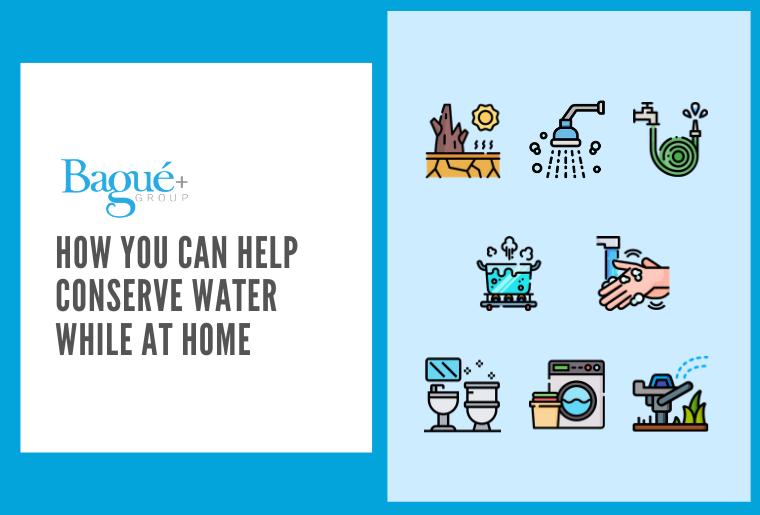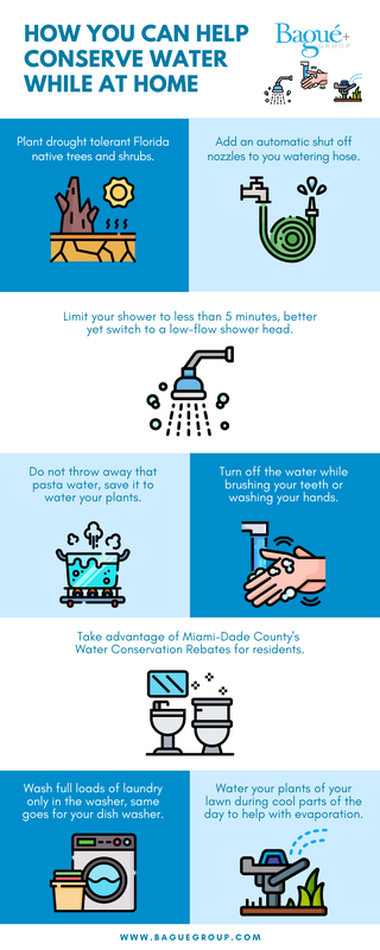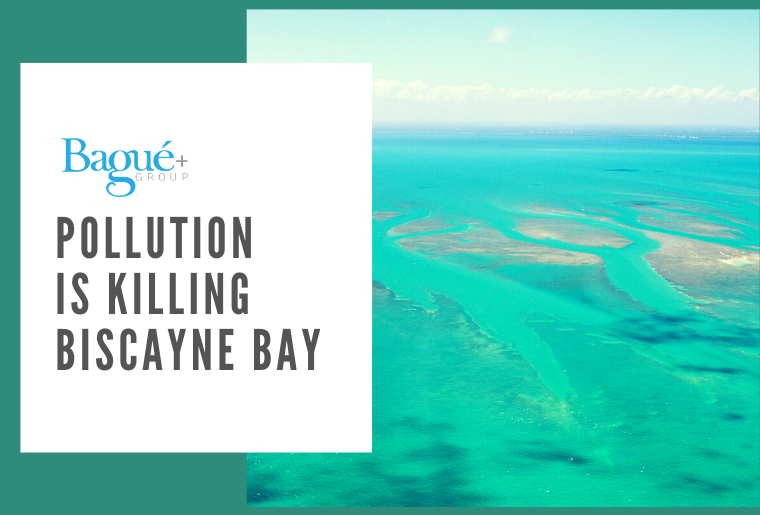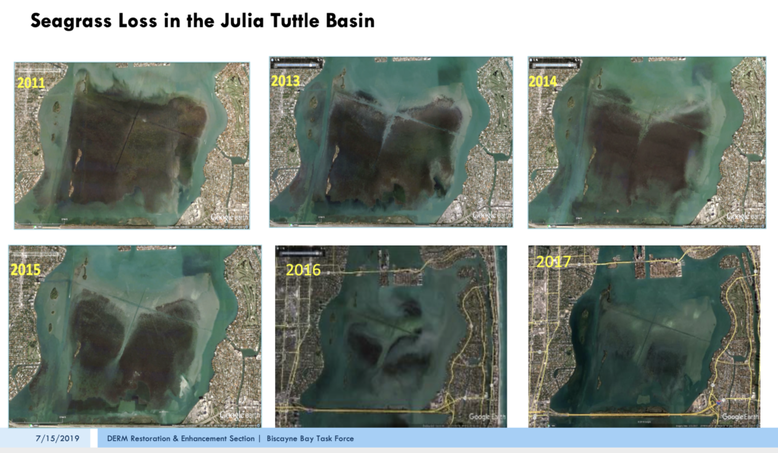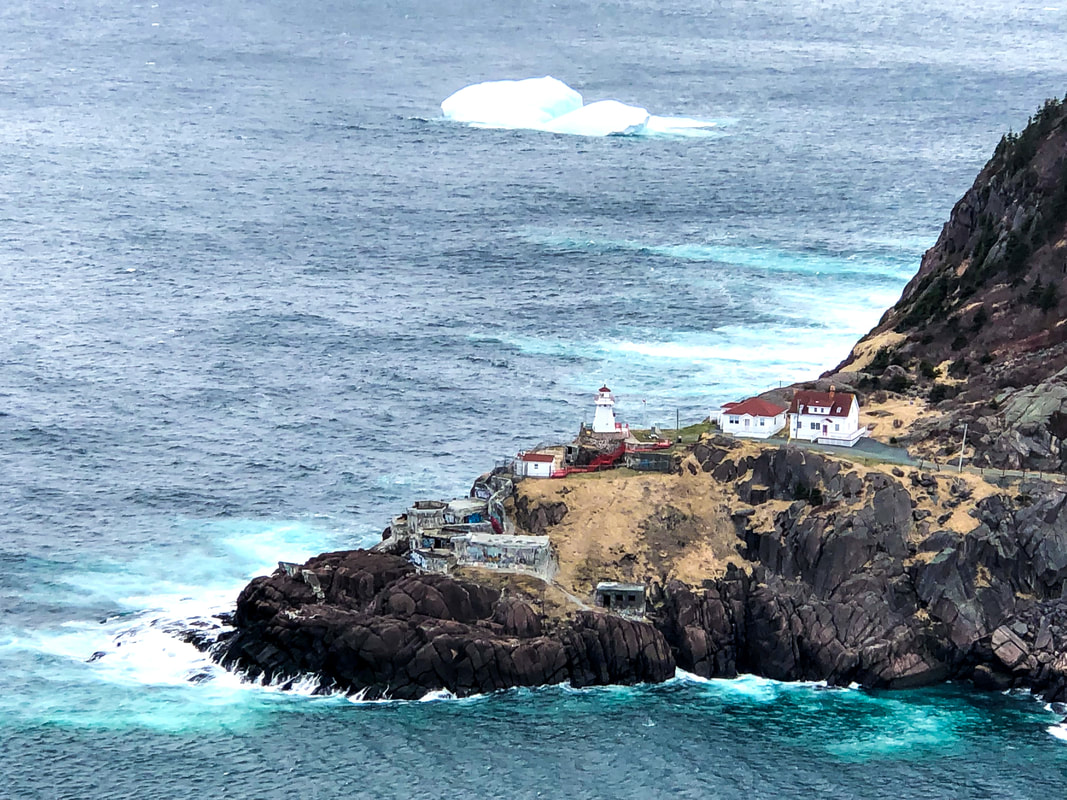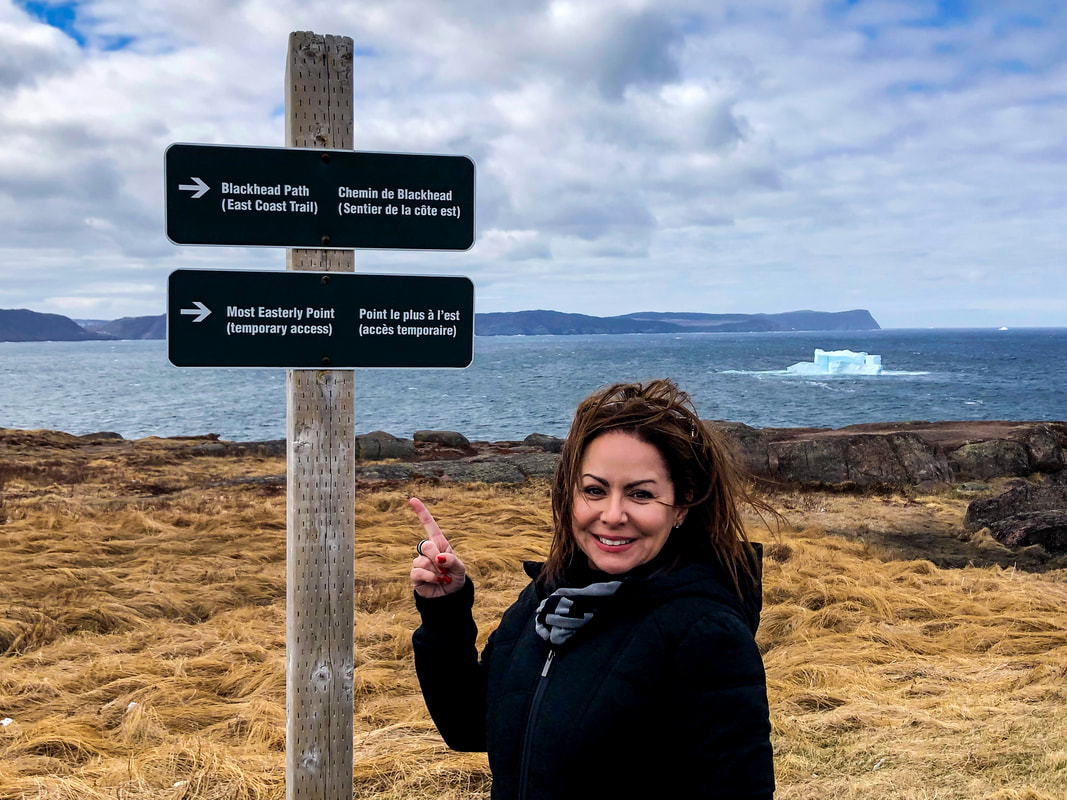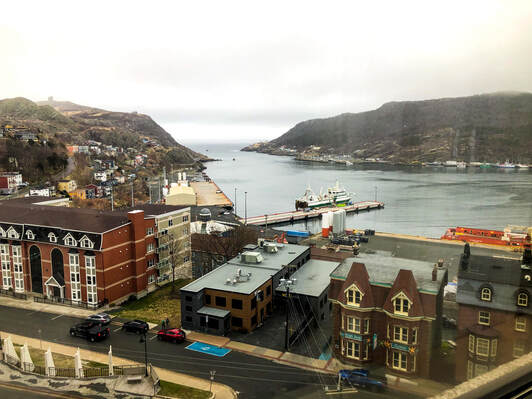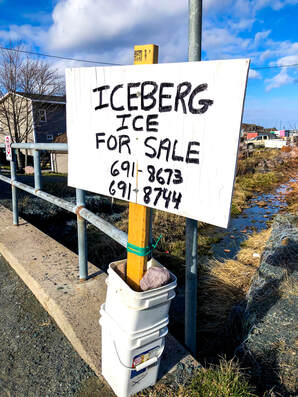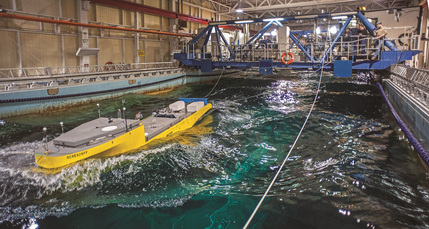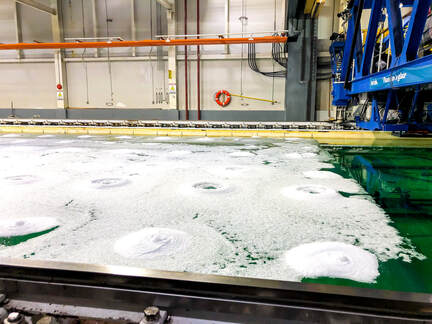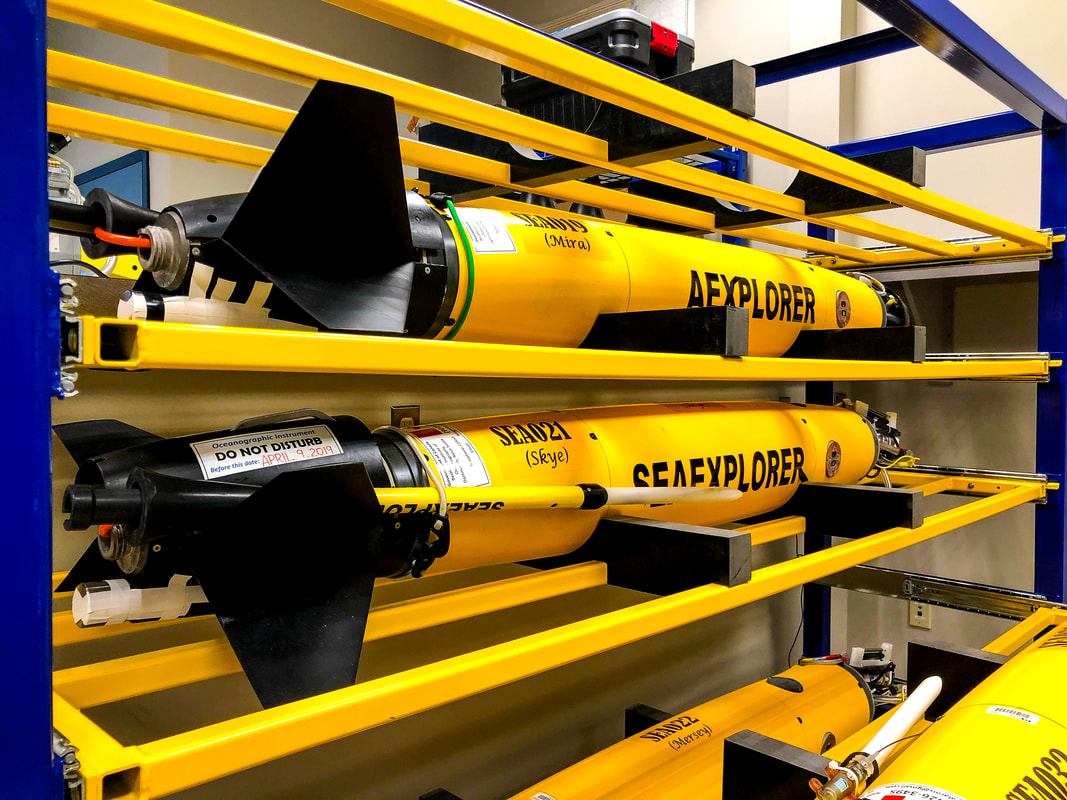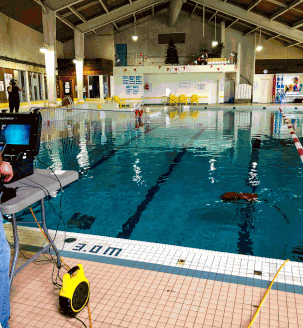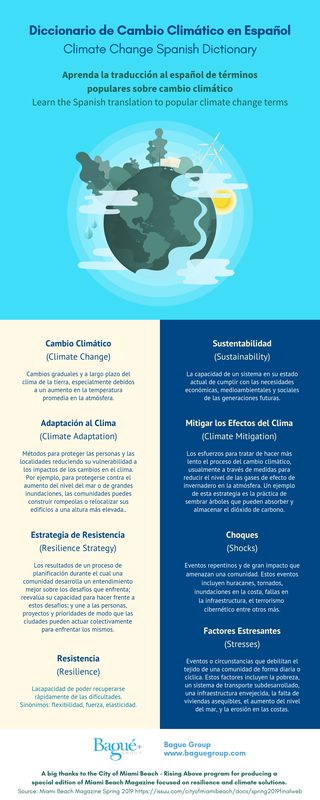|
It is currently dry season in Florida (November through May) as we are also experiencing a drought. With most of us being at home because of COVID-19 we must do our part to help conserve our water and not strain our supply. Here are some tips on how you can help conserve water while at home:
Making the transition to working from an office to working from home can seem daunting. Here are some tips to help make that change a success: Get up and get ready for the day Create a routine, get out of sleep clothes and get dressed for the day and will help get the day started. Create a designated workspace If possible, work from a specific place in your home away from your bedroom. Even the smallest distance helps create a separation from work and play. Workspace It’s important for it to be create a peaceful and functional workspace. Remove as many distractions as possible and add nice vibes to your workspace such a pictures, fragrant candle or a plant. Set working hours It is important to set working hours and communicating those to your family and helps reduce random interruptions during those times. Take breaks Once you get the hang of working from home it can be easy to forget to take breaks. Get up and make lunch, drink some coffee or tea, meditate, take a walk or listen to your favorite podcast. We recommend listening to Resilient Forward. Stay connected If you work on teams or on a project, it is important to keep in touch with your colleagues, invest in a good microphone and camera if you can they make your conference calls and virtual meetings sounding clear and looking good. End your day Step away from your home office and end your workday. Treat yourself and have a cocktail, watch your favorite TV show or spend time with your family. Creating the separation from work and play can help reduce stress and not think about work for the rest of the evening. Download the PDF version below:
Recent studies and reports have concluded that the health of Biscayne Bay is at a tipping point. The ecosystem is threatened by nutrient pollution from storm-water runoff, sewage pipe breaks, septic tanks, fertilizers, plastic pollution and other contaminants. The pollution is killing seagrass and coral and driving off fish. The bay also is suffering from hyper-salinity due to a lack of freshwater. The National Oceanic and Atmospheric Administration has reported that the damage is so bad that it soon will be irreversible and it will be impossible to restore the bay to its original state. Biscayne Bay is vital to our economy. Miami-Dade County’s annual GDP is over $100 billion, and a large part of it stems from real estate, trade, and tourism, all of which depend on a healthy environment. A study by the Downtown Development Authority reported the taxable value of the downtown’s property including the waterfront is $39 billion.
Trade and tourism produce an estimated $43 billion annually and over 23 million tourists visited the county last year. Hence, one of the key actions of the 100 Resilient Cities – Resilient 305 plan is to protect the health of Biscayne Bay and our waterways. In 1974, the Florida Legislature passed the Biscayne Bay Aquatic Preserve Act. Later, the Miami-Dade County’s Biscayne Bay Management Plan was approved. And years later came the Biscayne Bay Partnership Initiative. These have been good faith attempts to protect the bay, but they have been either too slow or shelved. The difference this time is that we have no time; the situation is dire. The county has created the Biscayne Bay Task Force it is our last shot. The Task Force has been reviewing reports and studies related to all the issues that are impacting the bay. What we realize is that it is under assault from many sources. These are serious and complex problems, most of which will require lots of money and a community-wide approach to restoration and recovery. We also recognize that we must quickly draft recommendations that will help stabilize the ecosystem in the short term and set a path toward comprehensive recovery and permanent oversight. Because our environment is our economy. Link to the original article posted on The Invading Seas here. A few months back I was invited to by the Canadian Consulate on a week-long Ocean Tech Media Tour in provinces of Newfoundland & Labrador, Novia Scotia, New Brunswick and Prince Edward Island. Like South Florida, these Canadian provinces heavily rely on the ocean as their economic source and like us, the environment, sea level rise and water quality are issues that affect them as well. The trip was filled with site visits, live demonstrations, and presentations that showcased a variety of innovative ocean technologies, products, and services. It was an eye-opening experience to the vast knowledge and technology that we here in South Florida can truly benefit from. 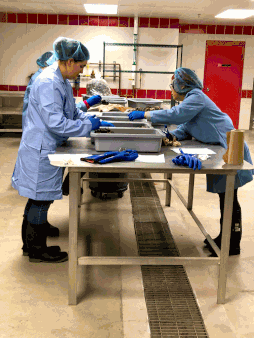 Fisheries: One of my first stops was to the Fisheries and Marine Institute at City of John, it is considered the go-to institute in the area of fishery science and the most comprehensive in North America. Sustainability is an important piece of fisheries and they have developed fishing technologies that reduce negative ecological impacts on non-targeted animals, fuel consumption, and seabeds. Their Centre for Aquaculture and Seafood Development (CASD) is internationally recognized for its applied scientific and technical expertise, comprehensive research facilities and commitment to clients in the seafood processing and aquaculture industries. CASD possesses the largest pilot plant facilities of its kind in Atlantic Canada, with a combined area of nearly 1,400 square meters. Facilities include a 1,100 square meter state-of-the-art food processing pilot plant, an aquaculture facility, and a marine bioprocessing facility.
Superclusters and Incubators: All the provinces have a remarkable amount of collaborative and incubator spaces all focused in the ocean industry. They are private and/or government led partnerships that bring companies/individuals to boost innovation. It also helps develop talent, improve supply chain opportunities, and foster more ocean start-ups, on top of that it fosters economic growth in the community. Below are a few two examples: Genesis | Oceans Advance Cross Sector Collaboration: COVE, an ocean tech business park managed by the province of Nova Scotia, encourages collaboration across sectors to connect local and international companies in the ocean industry. They focus on five sectors: Energy, Marine Transportation, Marine Tourism, Marine Security & Defense, and Fisheries & Aquaculture. It is managed by a small that help create programs, services, and initiatives for companies to operate in the national and global ocean economy. With the ocean industry playing a large part in Nova Scotia economy, COVE truly allows for the creation of businesses and jobs. By helping its tenant build their businesses, providing access marine equipment & infrastructure and resources; this helps these small businesses get to market faster, a win-win for all (Community, business and ocean). Acoustics, Sensors and Instrumentation:
An interesting roundtable that we attended was focused on Acoustics, Sensors and Instrumentation. This technology can be beneficial to many of Florida’s various bodies of water, helping better monitor our various systems so that we can react quicker to issues. Below you will find a variety of companies leading in this technology: MarineNav: Specializes in providing products and solutions to clients in government and industry. Since 2005 we have supplied customers trusted marine grade electronics, and custom design and manufacturing solutions. Manufactured in Canada, our products are in thousands of vessels worldwide and are known for their innovative design and exceptional quality. Applied Accoustics Engineering (AAE) is a UK-based leading company in the design and manufacture of a wide range of subsea navigation and positioning products, and marine seismic survey equipment. AAE North America’s facility at COVE features marine facilities with two deep-water piers, office space, workshops and laboratories. Ocean Sonics designs and builds innovative products to improve the quality and success of underwater sound measurements. The icListen Smart Hydrophone is used around the world as the standard for acoustic monitoring, streaming and hydrophone arrays. Sensor Technology Ltd. manufactures custom hydrophones, ultrasonic and acoustic transducers, as well as the piezoelectric ceramics that drive these devices. Gliders and Sea Cycle: deploy Teledyne Webb Research Slocum electric gliders and a Liquid Robotics wave glider to help ocean monitoring efforts, collect data for researchers studying ocean habitats and marine animal telemetry. Website Learn the Spanish translation to popular climate change terms. Please find below the terms and a downloadable PDF at the end of the blog post. Aprenda la traducción al español de términos populares sobre cambio climático. A continuación encontrará los términos y un PDF descargable al final de la publicación. Sustentabilidad: La capacidad de un sistema en su estado actual de cumplir con las necesidades económicas, medioambientales y sociales de las generaciones futuras. Sustainability: The extent of a system in its current state to meet the economic, environmental and social needs of future generations. Adaptación al clima: Métodos para proteger las personas y las localidades reduciendo su vulnerabilidad a los impactos de los cambios en el clima. Por ejemplo, para protegerse contra el aumento del nivel del mar o de grandes inundaciones, las comunidades puedes construir rompeolas o relocalizar sus edificios a una altura más elevada. Climate adaptation: Methods to protect people and places by reducing their vulnerability to climate impacts. For example, to protect against sea level rise and increased flooding, communities might build seawalls or relocate buildings to higher ground. Cambio climático: Cambios graduales y a largo plazo del clima de la tierra, especialmente debidos a un aumento en la temperatura promedia en la atmósfera. Climate change: A gradual, long-term change in the Earth’s climate, especially a change due to an increase in the average atmospheric temperature. Mitigar los efectos del clima: Los esfuerzos para tratar de hacer más lento el proceso del cambio climático, usualmente a través de medidas para reducir el nivel de las gases de efecto de invernadero en la atmósfera. Un ejemplo de esta estrategia es la práctica de sembrar árboles que pueden absorber y almacenar el dióxido de carbono. Climate mitigation: Efforts that attempt to slow the process of global climate change, usually by lowering the level of greenhouse gases in the atmosphere. Planting trees that absorb carbon dioxide from the air and store it is an example of one such strategy. Resistencia: La capacidad de poder recuperarse rápidamente de las dificultades. Sinónimos: flexibilidad, fuerza, elasticidad. Resilience: The capacity to recover quickly from difficulties. Synonyms include: flexibility, toughness and elasticity. Estrategia de resistencia: Los resultados de un proceso de planificación durante el cual una comunidad desarrolla un entendimiento mejor sobre los desafíos que enfrenta; reevalúa su capacidad para hacer frente a estos desafíos; y une a las personas, proyectos y prioridades de modo que las ciudades pueden actuar colectivamente para enfrentar los mismos. Resilience strategy: The product of a planning process during which a community develops a better understanding of the challenges it faces; reviews its ability to address those challenges; and unites people, projects and priorities so that cities can collectively act on their resilience challenges. Choques: Eventos repentinos y de gran impacto que amenazan una comunidad. Estos eventos incluyen huracanes, tornados, inundaciones en la costa, fallas en la infraestructura, el terrorismo cibernético entre otros más. Shocks: Sudden, sharp events that threaten a community. This includes hurricanes, tornadoes, coastal flooding, infrastructure failure, cyberterrorism and more. Factores estresantes: Eventos o circunstancias que debilitan el tejido de una comunidad de forma diaria o cíclica. Estos factores incluyen la pobreza, un sistema de transporte subdesarrollado, una infraestructura envejecida, la falta de viviendas asequibles, el aumento del nivel del mar, y la erosión en las costas. Stresses: Events or circumstances that weaken the fabric of a community on a daily or cyclical basis. This includes pronounced poverty, an underdeveloped transportation system, aging infrastructure, lack of affordable housing, rising sea level and coastal erosion. A big thanks to the City of Miami Beach – Rising Above program for producing a special edition of Miami Beach Magazine focused on resilience and climate solutions. Un gran agradecimiento al programa Rising Above de la Ciudad de Miami Beach por producir una edición especial de Miami Beach Magazine centrada en la resiliencia y las soluciones climáticas. Source: https://issuu.com/cityofmiamibeach/docs/spring2019finalweb |

